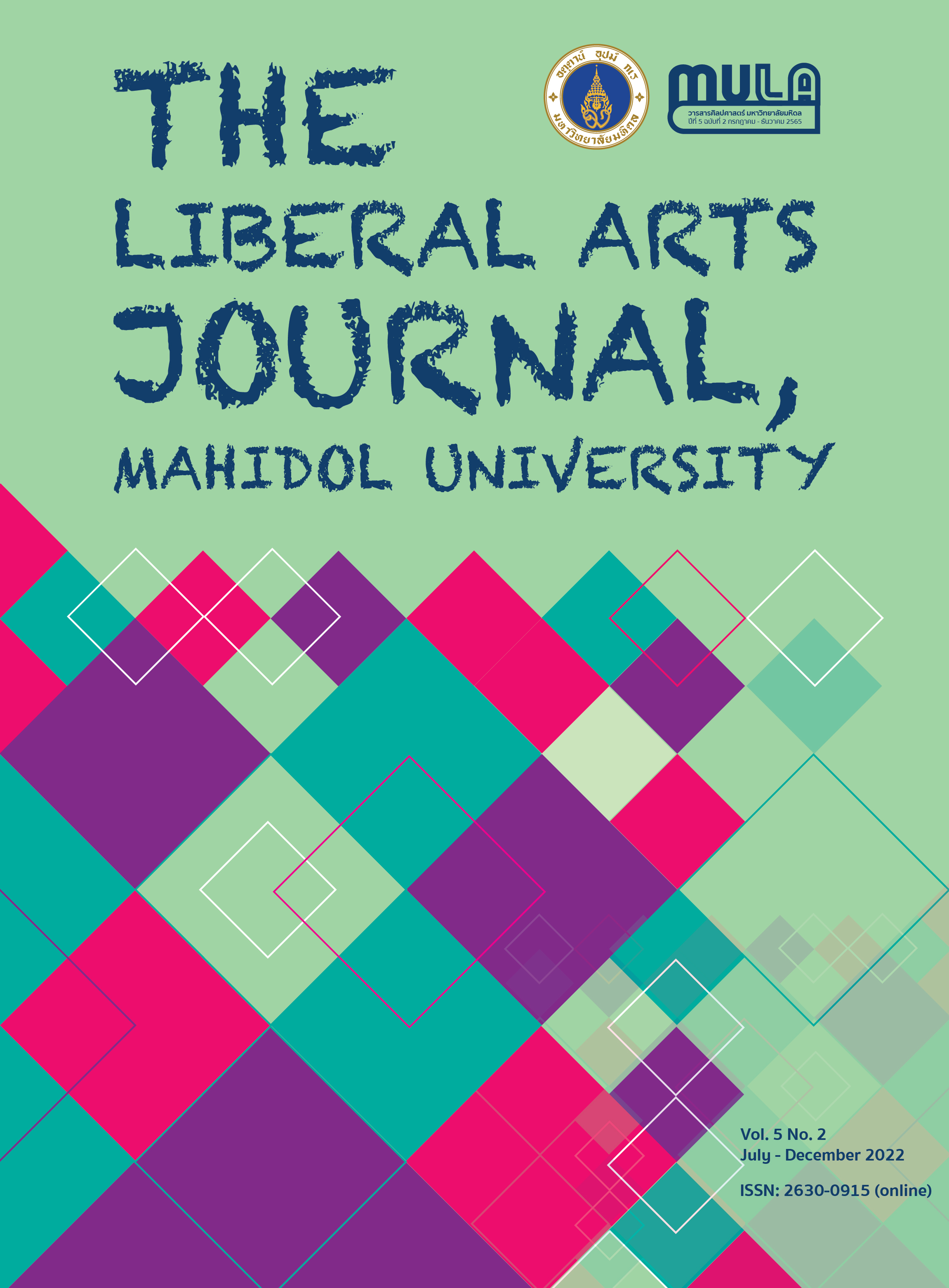Linguistic Landscape in Thailand: A Case Study of Languages Used on Signs at Suvarnabhumi International Airport
Keywords:
Linguistic landscape, Linguistic landscape in Thailand, Airport, Signs, ThailandAbstract
This paper focuses on the languages used on signs at Suvarnabhumi International Airport, the main international airport of Thailand and one of the leading aviation hubs in Asia. Knowing the language trend on signs at this airport could be beneficial to other airports because airport authorities could use the research results to consider which languages to include on their signs. In 2009, the biggest group of signs at the airport were bilingual Thai and English (57%), while only 2.4% of signs were trilingual (Thai, English and Chinese or Arabic or Japanese). Over a decade, by 2021, the number of Chinese tourists in Thailand was continuously increasing. This triggered the research question as to whether the increase in the number of Chinese tourists would influence the choice of languages used on signs at the airport. The current study reported that the number of signs at the airport increased 2.3 times from 401 in 2009 to 914 in 2021. The number of signs containing Chinese increased from 5.7% in 2009 to 22.1% in 2021. Moreover, the number of trilingual Thai, English and Chinese signs increased from 2.4% in 2009 to 11.7% in 2021. This implies that the number of Chinese tourists influenced the inclusion of Chinese on signs. However, the role of Chinese as a foreign language on signs was not as significant as the role of English, the world’s most important international language, which was widely used on signs at Suvarnabhumi International Airport and is still considered the principal foreign language in Thailand.
Downloads
Published
How to Cite
Issue
Section
License

This work is licensed under a Creative Commons Attribution-NonCommercial-NoDerivatives 4.0 International License.



